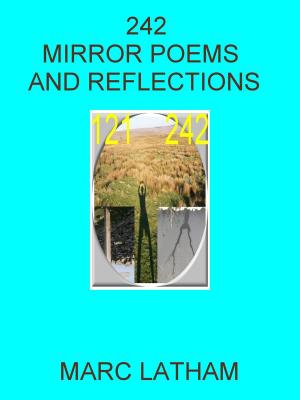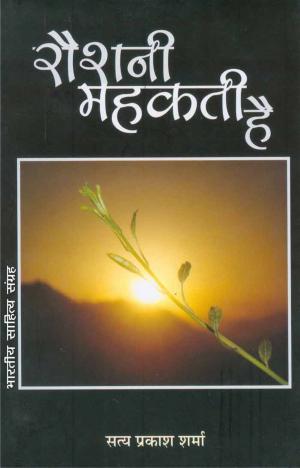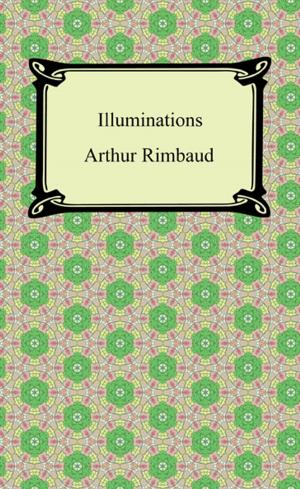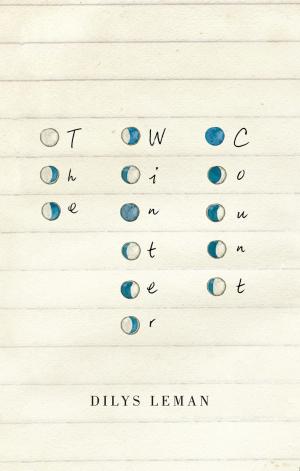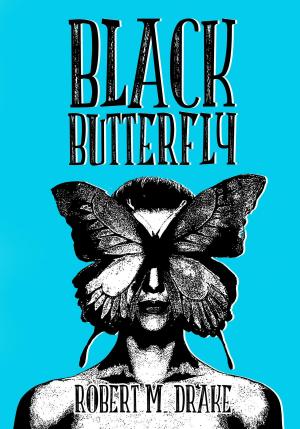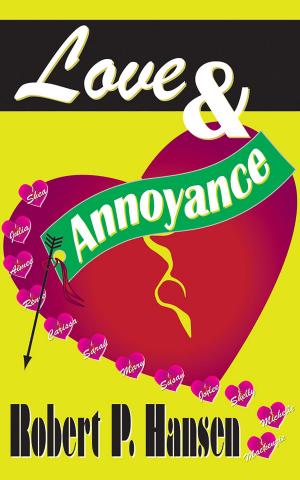| Author: | G. E. Kruckeberg | ISBN: | 9781466178359 |
| Publisher: | G. E. Kruckeberg | Publication: | February 1, 2012 |
| Imprint: | Smashwords Edition | Language: | English |
| Author: | G. E. Kruckeberg |
| ISBN: | 9781466178359 |
| Publisher: | G. E. Kruckeberg |
| Publication: | February 1, 2012 |
| Imprint: | Smashwords Edition |
| Language: | English |
Haiku is a stylized form of Japanese poetry that consists traditionally of a single stanza of seventeen syllables arranged in three lines of five, seven, and five syllables respectively. The form dates back to circa 600 CE with the introduction of the renga, a long poem of three line stanzas, later called haikai no renga. Each renga or haikai began with an introductory stanza called the hokku, which set the tone for the poem and could often be considered a poem in itself. In the 1600s, Basho and others began writing hokku as stand alone poems, with or without the subsequent haikai. This was the beginning of haiku, although it wasn’t called that until the 1890s when Masaoka Shiki standardized the form and coined the word haiku from haikai and hokku. Today, all 5-7-5 verses dating back to Basho are referred to as haiku.
Haiku is a stylized form of Japanese poetry that consists traditionally of a single stanza of seventeen syllables arranged in three lines of five, seven, and five syllables respectively. The form dates back to circa 600 CE with the introduction of the renga, a long poem of three line stanzas, later called haikai no renga. Each renga or haikai began with an introductory stanza called the hokku, which set the tone for the poem and could often be considered a poem in itself. In the 1600s, Basho and others began writing hokku as stand alone poems, with or without the subsequent haikai. This was the beginning of haiku, although it wasn’t called that until the 1890s when Masaoka Shiki standardized the form and coined the word haiku from haikai and hokku. Today, all 5-7-5 verses dating back to Basho are referred to as haiku.

